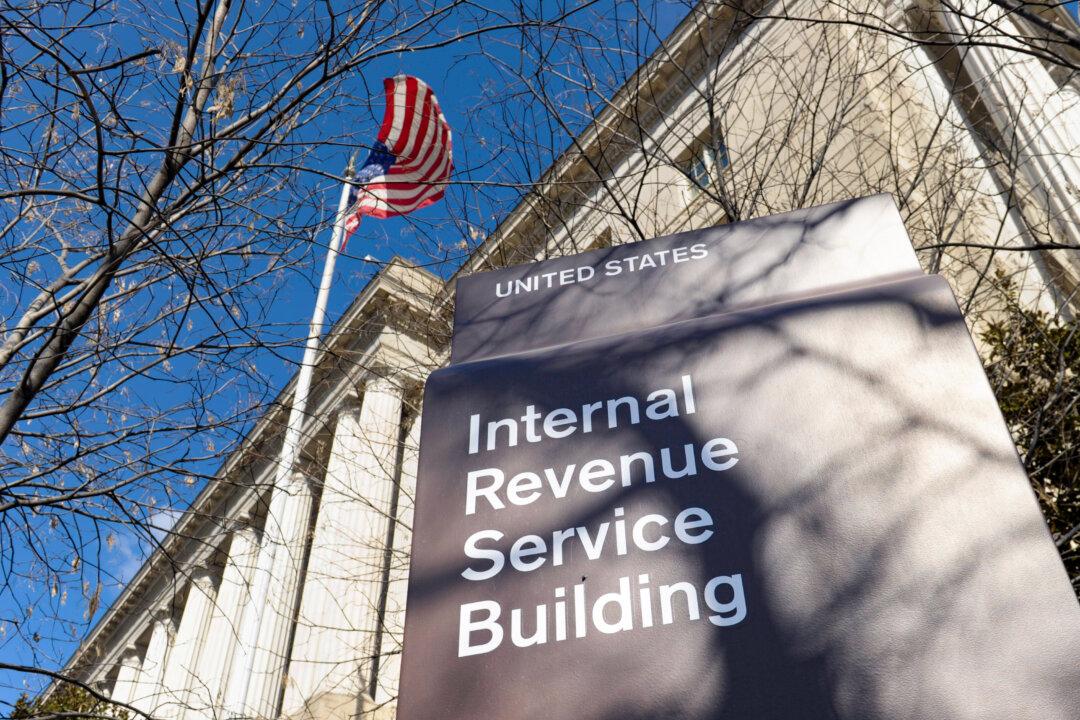The Internal Revenue Service (IRS) has issued a reminder that some taxpayers face a looming deadline to pay estimated tax payments in order to “stay current and avoid a surprise at tax time” in the form of potential penalties for underpayment.
Certain categories of taxpayers that do not have taxes withheld from their income through an employer or other withholding agent face a Sept. 15 deadline to submit their third quarter estimated tax payments.





